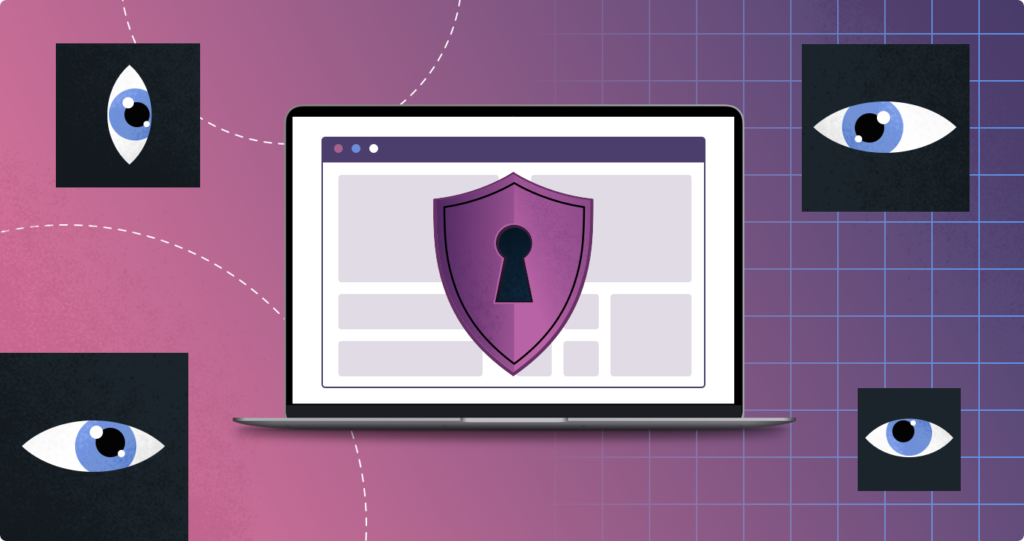
Secure your workflows
Prevent data loss with airSlate

In this article, we’ll address the main concerns regarding security and compliance measures for business automation. We’ll review how to ensure industry-leading security standards for your documents and data when automating your business processes.
Business process automation solutions are considered the fastest-growing segment on the global enterprise software market today. Quite naturally, business owners and regular users express doubts about whether a particular automation tool is capable of operating at the level of enterprise data security they require.
Despite the implementation of highly-technological automation security measures, such as facial recognition and biometric technologies, even industry giants like Facebook are vulnerable to devastating security breaches. Earlier this year, an entire client list and over 3 billion photos were stolen in a massive security breach at Clearview AI, a facial recognition developer.
Recent trends and security statistics show us that cybercriminals are sophisticated and highly motivated by the rewards that come with gaining access to archives of financial and personal data. What makes matters worse is that many companies implementing automation represent traditionally risk-averse industries, like banking and insurance, that handle large amounts of confidential data on a daily basis.
Security concerns and risks vary from company to company. Still, there are several common concerns that are primarily associated with automation:
Addressing these and other potential security concerns will help your business ensure the security of its automated processes. It will also eliminate existing security threats.
To successfully fight against malicious intent, an organization must make cybersecurity part of its corporate culture. Usually, this includes things like:
Following with these steps will protect your entire organization from data loss and cyberattacks that may occur down the road.

Secure your workflows
Prevent data loss with airSlate
It is important to control who can view, modify and share information within your system by establishing user and administrative rights.
With airSlate, you can create and assign roles to certain fillable fields in a document and grant specific access permissions. You can also specify who has access: a single person, multiple people, or all recipients. For instance, if you have a document that should only be accessible by one manager in your company, nobody else will be able to access it.
Encryption serves as an extra level of protection for any private customer’s data, payment details, and other confidential data used in automated business processes. Needless to say, such data should only be transferred via secured channels.
We use the Secure Hash Algorithm at 256 bits (SHA-256) for data protection at rest and in transit. airSlate uses Transport Layer Security (TLS) encryption for information and user authentication, provided documents, transmitted to, from, and within airSlate-owned and airSlate-managed hosting environments. The TLS encryption method is used for passing user credentials, authentication, or authorization data for any airSlate hosted web-based application and/or web-services deployment.
An Audit trail is a chronological record of all changes made to a file or database. Audit trails are especially helpful when identifying what changes were made to a document and when. Without an Audit trail, any malicious action performed within a system can go completely unnoticed. Thus, Audit trails are valuable for analyzing and detecting unauthorized access, unusual activity, and system errors.
The financial, healthcare, and legal industries have especially strict regulations. Failure to comply results in fines. For example, in the healthcare industry, incompatibility with HIPAA law may cost you from $100 to $50,000. Even a jail term for violating HIPAA is a possibility, with some violations carrying a penalty of up to 10 years in jail.
Not all automation platforms are designed to follow a specific industry’s regulations. Pay attention to the policy compliance tools of your software. In particular, whether it is HIPAA and GDPR compliant, has SOC 2 Type II certification and PCI DSS certification.
In airSlate, customer documents and information are encrypted and accessible only by the customer due to the General Data Protection Regulation (GDPR).
airSlate complies with the Health Insurance Portability and Accountability Act’s (HIPAA) hosting standards for protecting the private health information of patients.
airSlate complies with PCI DSS for every monetary transaction a customer makes.
airSlate also complies with industry standards for security such as SOC 2 Type II, 21 CFR Part 11, and CCPA.
An Audit trail displays the following information:
In addition to the benefits mentioned above, airSlate users can set up custom events to be displayed in the Audit trail using the Add Custom Event to Audit Trail Bot.
Another cool thing about airSlate is that you can check every action that occurred within your workflow by viewing the Bots Log. The Log provides a description of the method, time, and condition under which specific Bots were either executed or not.
While the Audit Trail allows you to access the history of actions performed on your documents, the Bots Log helps you control and check the automation process itself.
The modern business world demands that a company conform to the strict standards and compliance measures regulating it’s industry if it has plans to stand out and achieve growth.
Fortunately, choosing the right software for your business operations is no longer rocket science.
Become a socially responsible and solid business player, strong enough to be an influencer that inspires change with your own industry leadership.
Learn more about how to strengthen data security policy via the automation of routine processes. Enroll the Digital Security and Compliance course today for free.